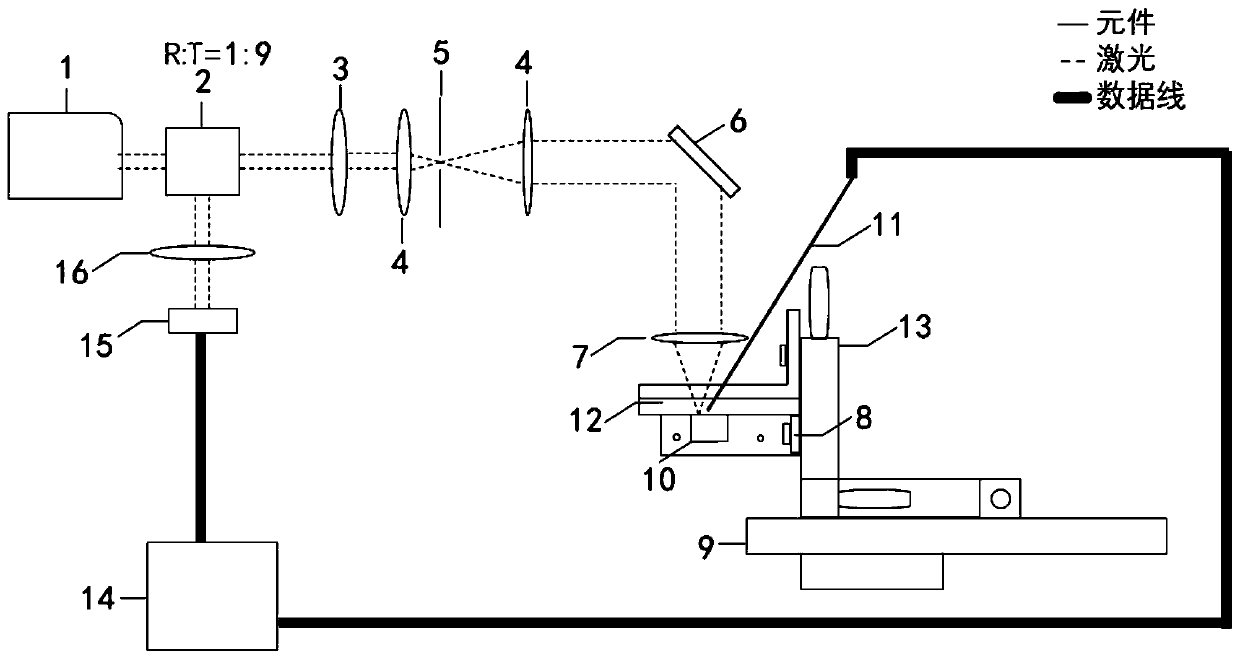Three-dimensional imaging method for realizing dendritic crystals in lithium metal battery by using photoacoustic imaging
A lithium metal battery, photoacoustic imaging technology, applied in the direction of material analysis, measuring devices, instruments, etc. through optical means, can solve the problems of not reaching the micron level, demanding sample preparation requirements, low time resolution, etc., and achieve improved performance and safety, faster detection and imaging speed, and the effect of large penetration depth
- Summary
- Abstract
- Description
- Claims
- Application Information
AI Technical Summary
Problems solved by technology
Method used
Image
Examples
Embodiment Construction
[0027] In order to make the technical means, creative features, goals and effects achieved by the present invention easy to understand, the present invention will be further described below in conjunction with specific embodiments.
[0028] see Figure 1 to Figure 7 , a three-dimensional imaging method of dendrites in lithium metal batteries using photoacoustic imaging according to the present invention. The method mainly includes: (1) Three-dimensional imaging: different from pure optical imaging, photoacoustic imaging can obtain information in the depth direction and realize three-dimensional imaging. (2) Micron-level spatial resolution: This method uses a photoacoustic microscopic imaging system to scan the sample with a focused spot. The resolution is close to that of a traditional optical microscope, which is several microns, and has the potential to reach submicrons. Use a sharp blade to determine the resolution of a photoacoustic microscopy imaging system, such as im...
PUM
 Login to View More
Login to View More Abstract
Description
Claims
Application Information
 Login to View More
Login to View More - R&D
- Intellectual Property
- Life Sciences
- Materials
- Tech Scout
- Unparalleled Data Quality
- Higher Quality Content
- 60% Fewer Hallucinations
Browse by: Latest US Patents, China's latest patents, Technical Efficacy Thesaurus, Application Domain, Technology Topic, Popular Technical Reports.
© 2025 PatSnap. All rights reserved.Legal|Privacy policy|Modern Slavery Act Transparency Statement|Sitemap|About US| Contact US: help@patsnap.com



